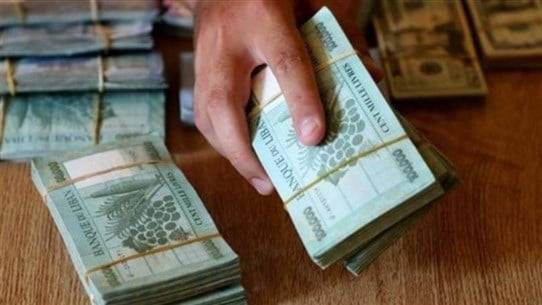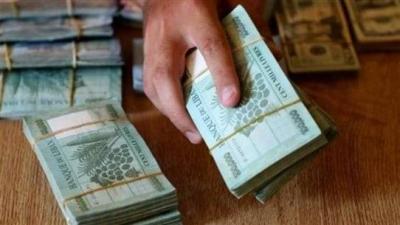The President of the Republic did not return the budget law to the House of Representatives nor did he sign it before his term ended at midnight last night. Therefore, it is expected to be published in the official gazette as it is known and to come into effect within 10 days after the one-month period since its referral from the Cabinet has elapsed. This matter is specified in Article 56 of the Lebanese Constitution, as clarified by lawyer Dr. Paul Merhaj, President of the JUSTICIA rights organization, to "Nidaa Al-Watan." This Article states: "The President of the Republic shall issue laws that have received final approval within a month after being referred to the government and request their publication. As for laws that the Council decides must be expedited for issuance, they must be issued within five days and the publication requested."
The operation of the budget will mark the beginning of the adoption of the agreed customs dollar value of 15,000 Lebanese Lira, which represents a tenfold increase from the previously applicable rate. Concurrently, this will be followed by a government decision to increase the official exchange rate of the dollar from 1,515 Lira to 15,000 Lira, which will not be issued by the Banque du Liban as has been the custom in its monthly bulletin.
"Nidaa Al-Watan" learned from an informed source that "the modification of the official exchange rate will not occur automatically, as the matter is linked to the government that will announce the official exchange rate reaching 15,000 Lira, which is expected to be done shortly, though the exact timeframe is still unspecified. The government will make the decision to change the official exchange rate, while the role of the Banque du Liban will be to amend the relevant 'bank dollar' circulars in line with the new official rate. Among those circulars are: 151 for withdrawals at the rate of 8,000 Lira per dollar, and 158 which defined withdrawals of 400 dollars in cash and 400 dollars at a price of 12,000 Lira; this will accordingly reduce the withdrawal ceiling from 3,000 dollars for example to 2,000 dollars to avoid further inflation of the Lebanese Lira," Merhaj pointed out.
He noted that "the direct impact of changing the official exchange rate will be on the banking sector, as banks are eagerly awaiting this procedure to align with the Banque du Liban in terms of evaluation, assessment, and internal asset and banking management, which is not directly related to clients, but rather to bank administrations." Additionally, raising the exchange rate will alter the value of the VAT for dollar invoices and the amounts of state fees and taxes priced in dollars.
The Banque du Liban issued a statement 8 days ago announcing that it would stop purchasing dollars from remittance and exchange institutions until further notice, which led to the dollar's fall. However, the exchange rate of the hard currency did not record dramatic drops in the market, and it is expected that the dollar will see further declines in the coming days to achieve the Banque du Liban’s goal before raising the official exchange rate to 15,000 Lira. This is an attempt to bring the black market dollar exchange rate closer to the price of the "Sayrafa" platform, with the aim of reducing exchange rates from six to two in addition to the black market rate, in preparation for adopting the "Sayrafa" platform in the next phase, fulfilling the International Monetary Fund's requirement to unify and liberalize the exchange rate.




